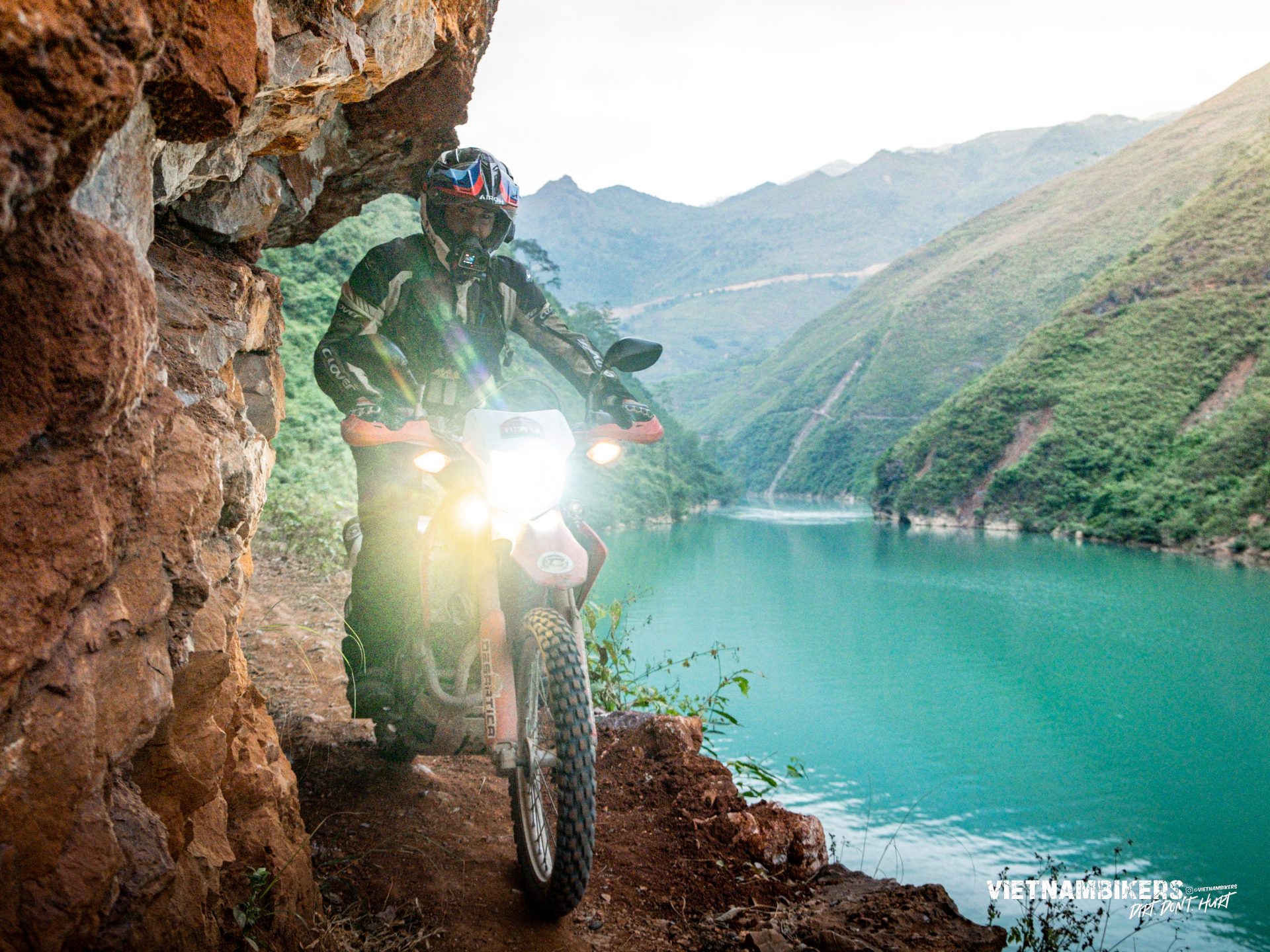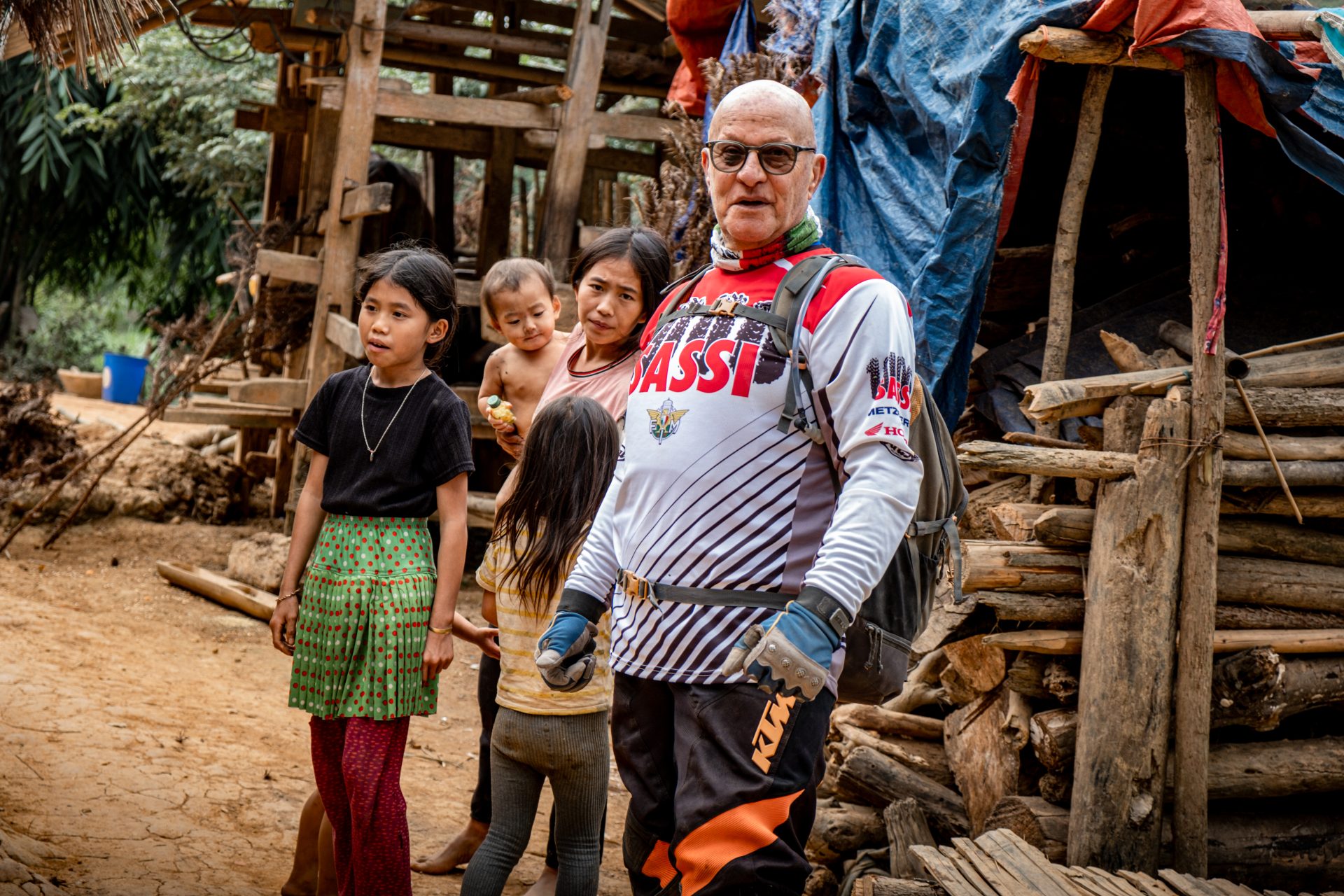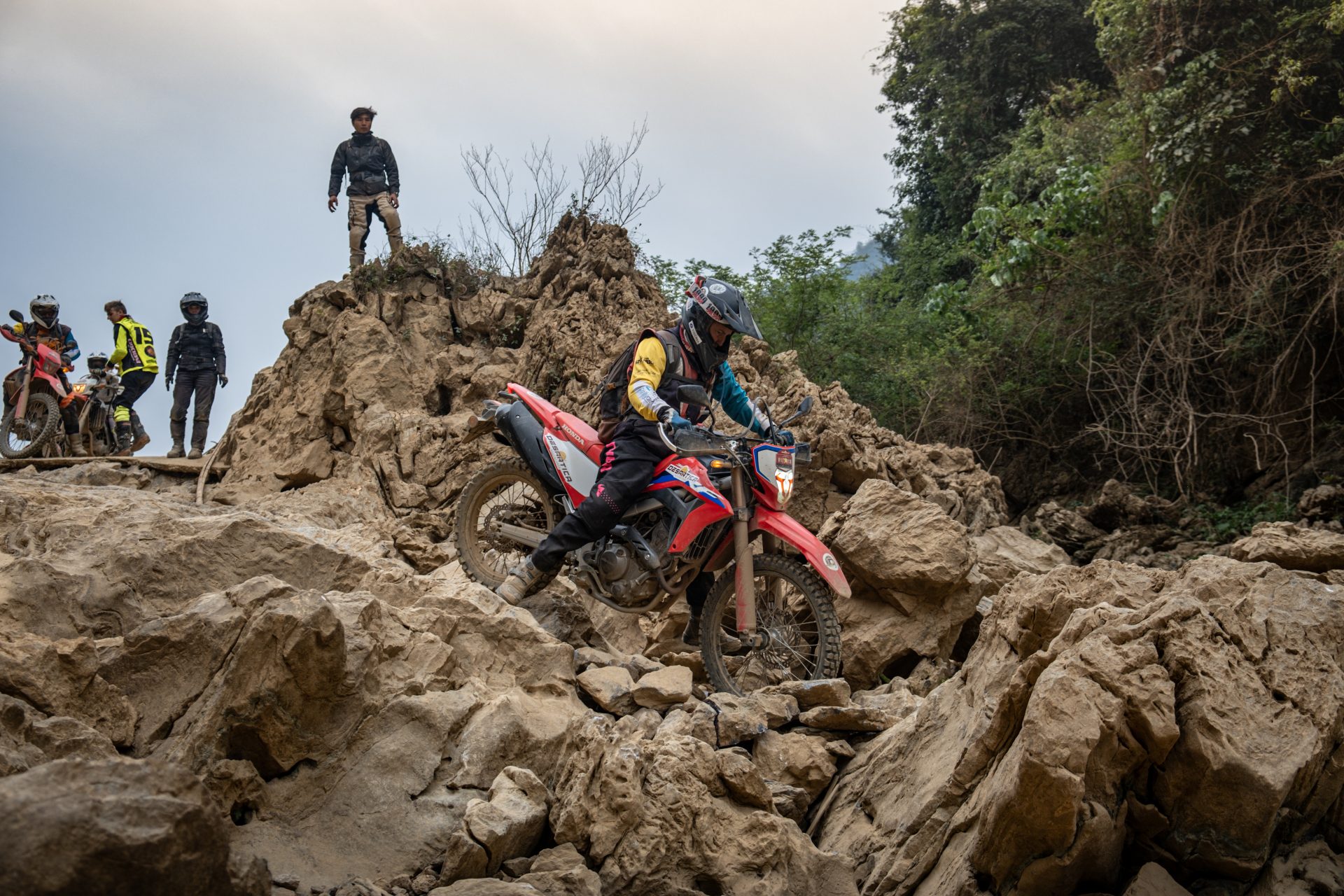Introduce
The Ha Giang Loop in 2025, nestled in Vietnam’s northernmost province, is a bucket-list adventure for motorbike riders and thrill-seekers alike. Winding through dramatic limestone peaks, breathtaking rice terraces, and remote ethnic minority villages, this scenic route promises an unforgettable experience. Whether you’re planning your first loop or returning for more, this 2025 guide covers the must-visit destinations, essential travel tips, and top tour options to help you make the most of your journey.
1. Dong Van Karst Plateau – A UNESCO Global Geopark
A highlight of the Ha Giang Loop, the Dong Van Karst Plateau is Vietnam’s first UNESCO Global Geopark—and for good reason. This ancient limestone region, shaped over 400 million years, features otherworldly rock formations, deep valleys, and towering peaks. Beyond its geological wonder, Dong Van is home to diverse ethnic minority communities like the Hmong and Tay, offering rich cultural encounters and colorful markets. Don’t miss the panoramic views from Ma Pi Leng Pass or a visit to Dong Van Old Quarter, where time seems to stand still.

2. Ma Pi Leng Pass – The “King of Mountain Passes”
Often hailed as the most breathtaking stretch of the Ha Giang Loop, Ma Pi Leng Pass lives up to its title as the “King of Mountain Passes.” Carved into steep limestone cliffs, this serpentine road offers jaw-dropping views over the emerald Nho Que River and the dramatic Tu San Canyon—the deepest canyon in Southeast Asia. Riding along Ma Pi Leng is both thrilling and humbling, with sharp turns and sheer drops that challenge even seasoned motorbikers. Stop at the Ma Pi Leng Skywalk for panoramic photos and soak in one of Vietnam’s most awe-inspiring landscapes.
>>> Check out top Vietnam motorbike tours in 2026!
3. Lung Cu Flag Tower – Vietnam’s Northernmost Point
Standing proudly near the Chinese border, the Lung Cu Flag Tower marks the symbolic northernmost point of Vietnam. Perched atop Dragon Mountain, the tower flies a massive Vietnamese flag and offers sweeping views over terraced hills, small villages, and cross-border landscapes. The climb to the top involves a short but steep stairway, rewarding travelers with a profound sense of national pride and stunning photo opportunities. Visiting Lung Cu is not just about geography—it’s a cultural experience, giving insight into the lives of the ethnic Lo Lo people who call this remote region home.
4. Du Gia Village – A Hidden Gem
Tucked away in a serene valley, Du Gia Village is a peaceful escape from the rugged mountain roads of the Ha Giang Loop. Surrounded by lush rice paddies, waterfalls, and misty hills, this small Tay ethnic village offers a slower, more authentic side of northern Vietnam. It’s the perfect spot to rest, swim in the nearby Du Gia waterfall, and enjoy a traditional homestay with a local family. As night falls, gather around a home-cooked meal and rice wine, sharing stories with fellow travelers. Du Gia isn’t just a stop—it’s a memory in the making.

5. Hoang Su Phi Terraced Fields – A Golden Wonder
While slightly off the main Ha Giang Loop, Hoang Su Phi rewards the detour with some of Vietnam’s most stunning terraced rice fields. Carved into steep mountain slopes over centuries by ethnic minority groups like the Dao and Nung, these golden stairways shine brightest during harvest season (September to October). The area is less touristy, offering a more untouched and tranquil experience. Whether you’re trekking through the hills or simply soaking in the views, Hoang Su Phi is a breathtaking reminder of nature’s beauty and human resilience in harmony.
6. Quan Ba Heaven’s Gate & Twin Mountains
Often the first jaw-dropping viewpoint as you enter the Ha Giang Loop, Quan Ba Heaven’s Gate offers a stunning panoramic introduction to the region’s epic landscapes. From this lofty mountain pass, you’ll overlook winding roads and deep valleys shrouded in mist. Just below lies the famous Quan Ba Twin Mountains (Núi Đôi), two perfectly rounded hills nestled in the valley—a natural wonder steeped in local legend and often likened to the symbol of fertility. This peaceful area is a great photo stop and a symbolic gateway into the rugged beauty that lies ahead on your journey.
>>> View more Ha Giang loop by motorcycle in 2026!
7. Tham Ma Pass – A Rider’s Challenge
Twisting like a dragon through steep limestone cliffs, Tham Ma Pass is one of the most iconic and thrilling sections of the Ha Giang Loop. Known for its tight switchbacks and breathtaking drops, it challenges riders with both skill and courage—making it a favorite among motorbike enthusiasts. The pass was once used as a test for horses’ endurance (“Tham Ma” means “testing horses” in Vietnamese), and today, it tests the mettle of riders navigating its dramatic curves. Stop at the viewpoint to marvel at the zigzagging road below—a must-see for adrenaline junkies and landscape lovers alike.

8. Xin Chai Village – Untouched Beauty
Nestled deep in the highlands of Meo Vac District, Xin Chai Village remains one of the Ha Giang Loop’s most untouched and authentic gems. Home to Hmong communities, this quiet village offers a rare glimpse into traditional mountain life, where terraced fields meet stone houses and time moves slowly. Unlike more developed stops, Xin Chai sees few tourists, making it ideal for those seeking deeper cultural immersion and meaningful connection. Whether you’re invited to share a cup of corn wine or simply wander through misty trails, Xin Chai rewards visitors with raw, unfiltered beauty and heartfelt hospitality.
Ha Giang Loop Travel Tips for 2025
To make the most of your Ha Giang adventure in 2025, keep these essential travel tips in mind:
-
Choose the Right Bike: Rent a semi-automatic or manual motorbike in good condition—suitable for mountain terrain. Always test it before starting the loop.
-
Pack Smart: Bring layers, rain gear, gloves, sunscreen, and a power bank. Weather can change quickly, especially at higher altitudes.
-
Ride Safely: Roads can be steep, narrow, and slippery. Go slow on sharp turns, and avoid riding at night. Always wear a quality helmet.
-
Fuel Up Often: Gas stations are sparse in remote areas. Top up whenever you can, especially before long stretches between towns.
-
Respect Local Cultures: Dress modestly, ask before taking photos, and be polite when visiting ethnic villages.
-
Stay Connected: Mobile signal can be weak. Download offline maps (like Maps.me) and share your itinerary with someone in advance.
-
Plan Your Route: Most riders spend 3–5 days, but 6–7 allows for a more relaxed pace. Book key homestays in advance during peak season (Sept–Oct).
-
Travel Insurance: Accidents can happen—make sure you’re covered, especially if you’re riding a motorbike.
Conclusion: Ha Giang Loop in 2025
The Ha Giang Loop in 2025 promises more than just a motorbike ride—it’s a deep dive into the raw beauty, vibrant cultures, and untamed spirit of northern Vietnam. From winding mountain passes and ancient villages to golden rice terraces and quiet valleys, every twist in the road tells a story. Whether you’re a seasoned adventurer or a first-time explorer, this unforgettable journey offers something truly special. So gear up, ride safe, and let the magic of Ha Giang leave its mark on your soul.
Check out what riders have said about VietnamBikers Tours on Tripadvisor!

